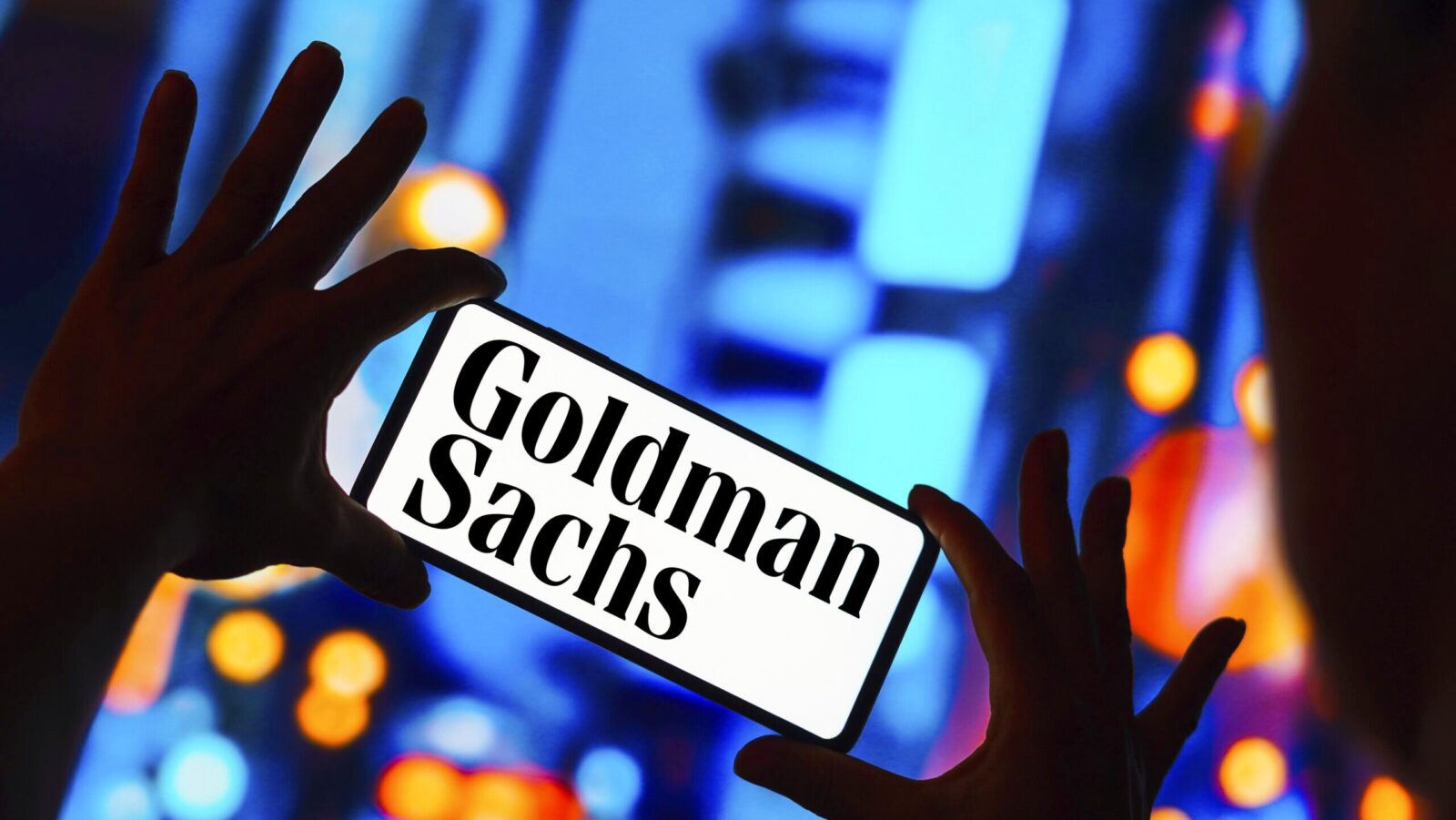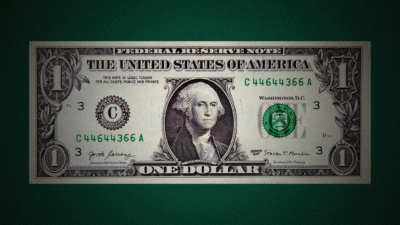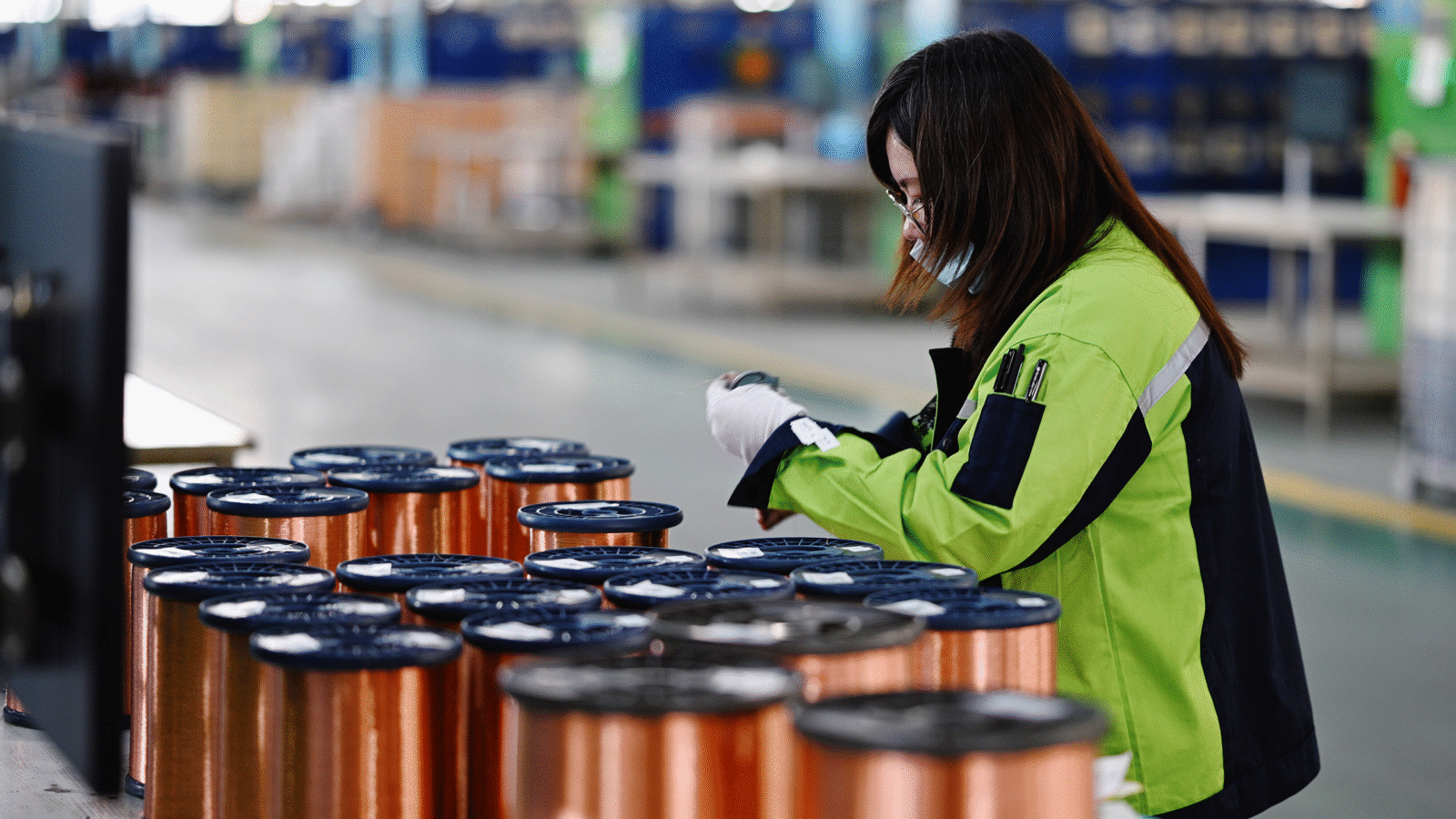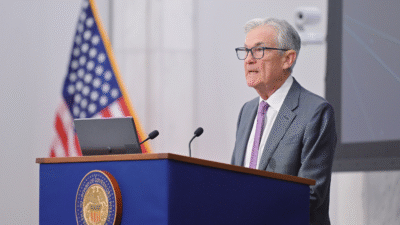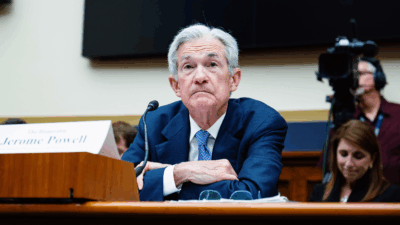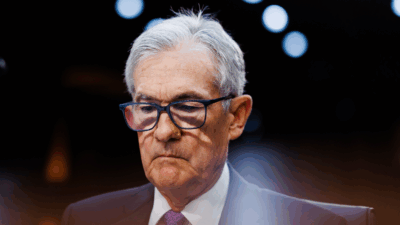Inflation Cooled in February. Now Come Tariffs.
The good news: Inflation may be calming down. The bad news: Likely-inflationary tariffs are just starting to hit now.

Sign up for smart news, insights, and analysis on the biggest financial stories of the day.
We’ve got some good news and some bad news for those with recurring inflation nightmares.
Consumer prices increased at the slowest rate in four months in February, according to the latest consumer price index (CPI) report, published on Wednesday. So the good news: Inflation may be calming down. The bad news: Likely-inflationary tariffs are just starting to hit now, meaning this may well be just the calm before the storm.
Transitory Cooling Inflation
Here’s the headline: CPI increased 2.8% year-over-year in February, below most economists’ 3% expectations but still a healthy tick above the Fed’s preferred 2% threshold. Month-over-month, the gauge increased 0.2%, a healthy tick down from January’s 0.5% hike. Prices excluding volatile food and energy costs, meanwhile, rose just 3.1% year-over-year — the lowest such reading since 2021. Leading the disinflationary charge: gasoline prices, down 3.1% year-over-year; new cars, down 0.3% year-over-year; and seasonally adjusted airfares, down 4% month-over-month. Shelter costs also saw their slowest year-over-year increase in prices since December 2021.
In a vacuum: all great news. In the context of tariffs and trade wars, the impact of which mostly missed February, well … things are “not as encouraging as they look,” Thomas Ryan, an economist at Capital Economics, told The Wall Street Journal. In fact, the new CPI report may well already be considered “old news,” Nationwide chief economist Kathy Bostjancic told Bloomberg. So what’s the new news?
- “There’s no disinflation momentum right now,” Bostjancic added. “We are predicting a little bit of a bump up in the coming months because of these tariffs.”
- In a recent note, Goldman Sachs analysts said they now expect the personal consumption expenditures price index — a.k.a., the Fed’s preferred inflation gauge — to end the year at 3%, up from previous projections of around 2.5%. Morgan Stanley chief US economist Michael Gapen on Friday also upped his year-end inflation projection from 2.5% to 2.7%.
Fed Up: Increased inflation wasn’t the only update to yearly projections by Goldman and Morgan Stanley economists. Goldman’s analysts also lowered their 2025 GDP growth forecast from 2.4% to 1.7%, while Gapen lowered his growth projections from 1.9% to 1.5%. All of which adds more fuel to the dreaded R-word rumors. Which in turn means Jerome Powell and the Fed could soon find themselves in a tricky spot: On one hand, a recession would typically call for the easing of monetary policy to stoke growth. On the other hand, the chances of tariff-fueled inflation would typically call for maintaining — or even raising — interest rates. The odds of a rate cut in June fell slightly on Wednesday, according to CME’s FedWatch tool.
